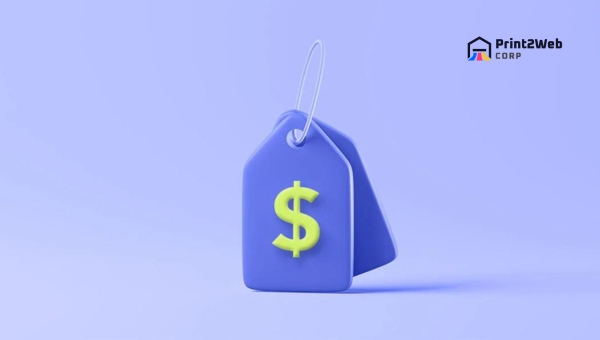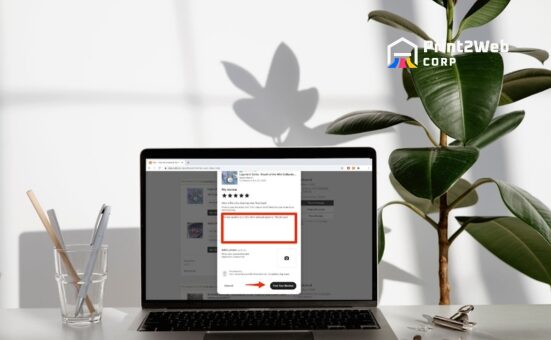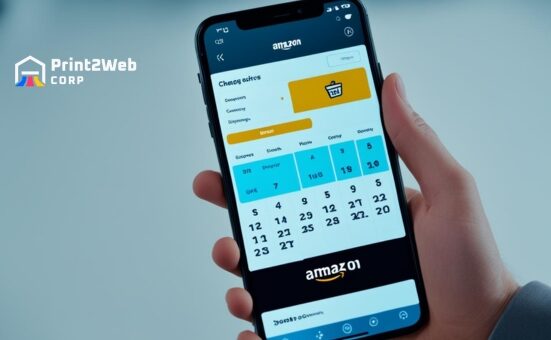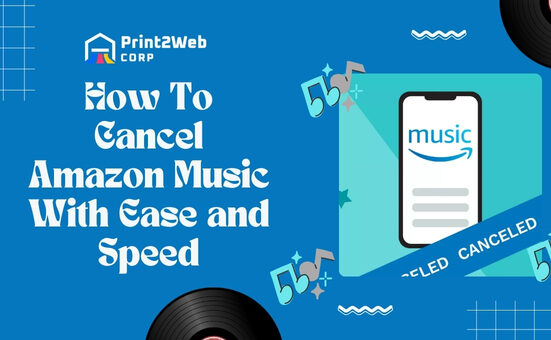Ever wondered how some sellers always seem to have their prices just right on Amazon? Here’s the scoop: winning at the pricing game is more than just a roll of the dice. It’s about knowing how to play your cards right with MAP Pricing on Amazon and making sure you’re not leaving money on the table or, worse yet, scaring away customers with sky-high tags.
Setting prices can feel a bit like Goldilocks and her porridge – too hot, too cold… But stick around. Here, I’m going to lay out for you step-by-step how you can ensure that you’re not only playing by the rules but also nailing that perfect price point. This isn’t rocket science; it’s about understanding your market and aligning your pricing strategies with consumer expectations—all while making sure you adhere to those critical Minimum Advertised Price (MAP) guidelines.
What You’ll Learn From This Guide
- Crack the code of MAP enforcement on Amazon
- Simple strategies for ideal product pricing
- Tools that make MAP adherence a breeze
- Prevent future pricing mishaps with ease.
Understanding MAP Pricing on Amazon
MAP Pricing, or Minimum Advertised Price, is a rule that tells you the lowest price you can show when you’re selling stuff on Amazon. It’s like a promise from the seller not to advertise the product below a certain price.

What Is Amazon MAP Pricing?
Amazon MAP pricing is kind of like an agreement between brands and sellers. This deal says that no one will advertise their goods below the price set by the brand. Think of it as a safety net to keep prices fair and prevent wild discounts that could hurt the product’s value and the brand’s image.
How Does Minimum Advertising Price Work On Amazon?
This rule kicks in when a product gets listed on Amazon. Brands tell sellers, “Hey when you show our products to customers, don’t go under this price.” The idea here is simple: keep prices at a level where everyone makes money without starting crazy price wars or ending up with super cheap deals that don’t benefit anyone in the long run.
Also Read: When Does Walmart Restock? Insider Tips for Availability
Importance of Map Pricing
When selling a product, you want to make sure everyone knows it’s worth every penny. Making sure your prices stay the same wherever customers look that’s where MAP pricing on Amazon comes in handy.

It’s like agreeing on a bottom line for your prices and making sure everyone sticks to it so customers trust what they’re paying is fair.
- It Preserves Your Brand Value: By keeping prices steady across all sellers, your brand looks more reliable and high-quality. Think about it—when customers see consistent pricing from one place to another, they know they’re not getting tricked into overpaying somewhere else. It makes them think better of what you’re selling because they see that these are prices everyone agrees are fair.
- It Protects Your Authorized Resellers: With MAP pricing, you’re watching out for the sellers who got permission to sell your stuff by making sure no one undersells them. Without it, someone could come along and drop their prices so low that authorized sellers could lose customers or feel forced to cut into their profits to keep up—not cool!
- It Helps You Avoid Price Wars: “Dog eat dog” isn’t good when we’re talking about selling online—price wars can start when one seller drops their price too much, and others race down to match them; before you know it, nobody’s winning anymore because profits just vanish like smoke. But with MAP pricing, this wild ride doesn’t even start—everyone sells at sane prices without going into battle over pennies.
Compliance And Violation Of MAP Pricing On Amazon
When it comes to selling on Amazon, following the rules is key. One set of rules is all about the lowest price you can show to customers. This is called MAP Pricing on Amazon.

What is a minimum advertised price policy (MAP)?
A MAP policy sets the lowest price you can list and advertise your product for. It’s like a promise that your items won’t be seen at bargain basement prices, which could hurt your brand’s image.
Understanding The Challenges With Enforcing MAP Pricing On Amazon
Enforcing this price rule isn’t always easy. Some sellers might ignore it, meaning you have to watch out and act when someone sells too low.
What Is A Map Violation?
A MAP violation happens when someone lists or sells your product below that promised low price. Think of it as undercutting in a way that could harm your product’s reputation and value in the market.
Also Read: Banish Bad Reviews on Amazon: A Seller’s Must-Know Guide
Commitment to Ongoing MAP Enforcement and Future Protection Strategies
Sticking to your guns with MAP pricing on Amazon isn’t a one-time deal—it’s like gardening; you need to keep an eye on it regularly. You’ve got to be on the ball, always ready to spot anyone trying to undercut your prices.

So, just like you wouldn’t plant a garden and forget about it, don’t set up your MAP policy and ignore it.
Consistent Vigilance Against Future Scalping Attempts
Staying sharp is key. Keep a steady watch for any scalping moves—this means folks trying to sell your product for way less than agreed, which can hurt how customers see your brand. It’s about being as alert as a meerkat! Regular checks and quick actions can stop those scalpers in their tracks.
What Sort of Measures are Available For Brands If They Run Into Resolute Violators
When you come across tough rule-breakers who won’t stop messing with your prices, you climb the ladder—reach out with warnings first (give them the yellow card), then if they keep at it, pull the plug on their selling privileges (show them the red card). And if that doesn’t do the trick, taking legal action is up next—make sure you have all their details in hand (have your ducks in a row).
Frequently Asked Questions
Why do MAP Pricing Policies exist?
MAP pricing policies are there to keep prices fair. They stop shops from advertising products that are too cheap, which helps keep your brand’s good name and makes sure everyone makes a fair profit.
Does Amazon follow the MAP Pricing Policy?
Yes, Amazon knows about MAP policies, but it’s up to the brand owners to watch their products and make sure sellers stick to the rules.
How can you save your brand from MAP violations on Amazon?
You can save your brand by keeping an eye on product prices, teaching your sellers about the rules, and being quick to act when someone breaks them.
Can you report MAP violators on Amazon?
Yes, if you spot a violator, you can tell Amazon about it. It’s like telling the teacher when someone is not playing by the rules – necessary to keep things fair.
What happens if you don’t follow MAP Pricing?
Not sticking to MAP pricing could mean trouble for your brand—like losing trust with customers or watching profit dive because of a price war nobody wins.
Also Read: Navigating Negative Amazon Customer Reviews: Expert Tips
Conclusion
So there you have it, folks – enforcing MAP Pricing on Amazon might seem like a hike up a steep hill at first, but now you know the paths and the pitfalls. Keep in mind that maintaining your prices isn’t just about keeping your wallet full; it’s about respecting your brand and the hard work you’ve put into it. Plus, it’s about being fair to those who sell your products and ensuring they can make a living too.
By sticking to these guidelines and monitoring like a hawk, not only do you protect your own slice of the market pie, but you also help create an Amazon that’s good for all honest sellers. Remember, this isn’t set-and-forget – stay vigilant, communicate clearly with resellers, and don’t shy away from taking action when needed. Here’s to everyone playing by the rules and winning fair and square!







